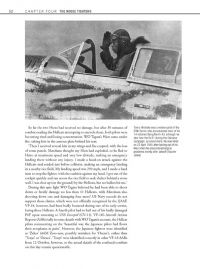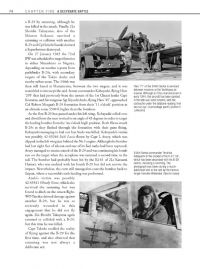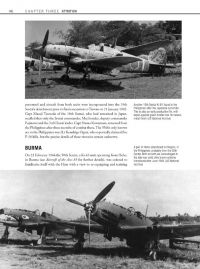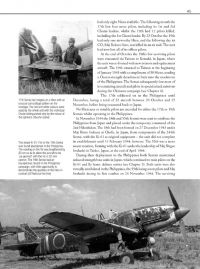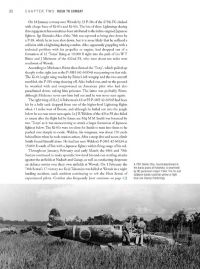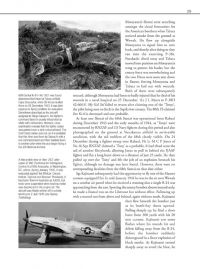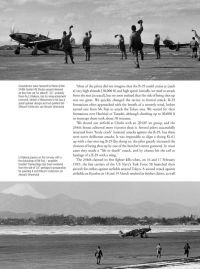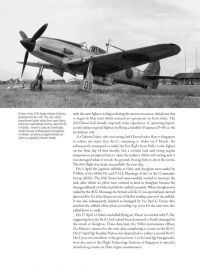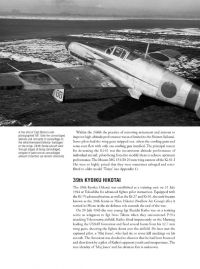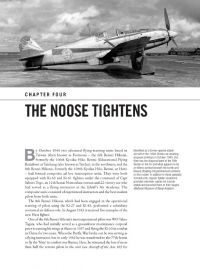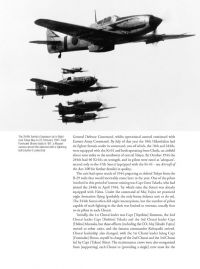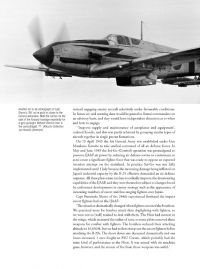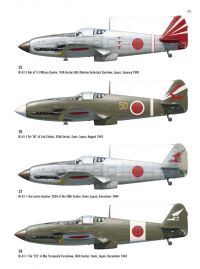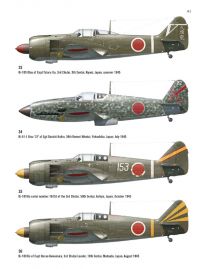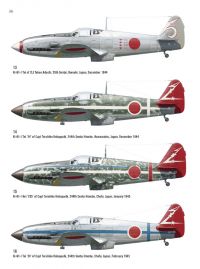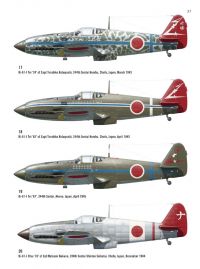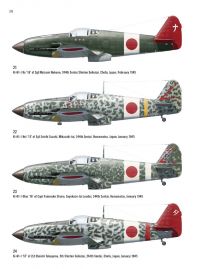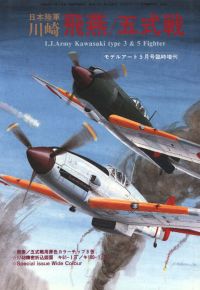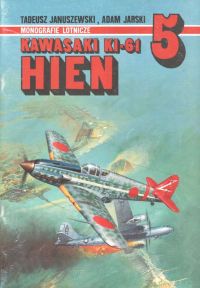Osprey | Ki-61 and Ki-100 Aces
Reviewed by Kevin Williams
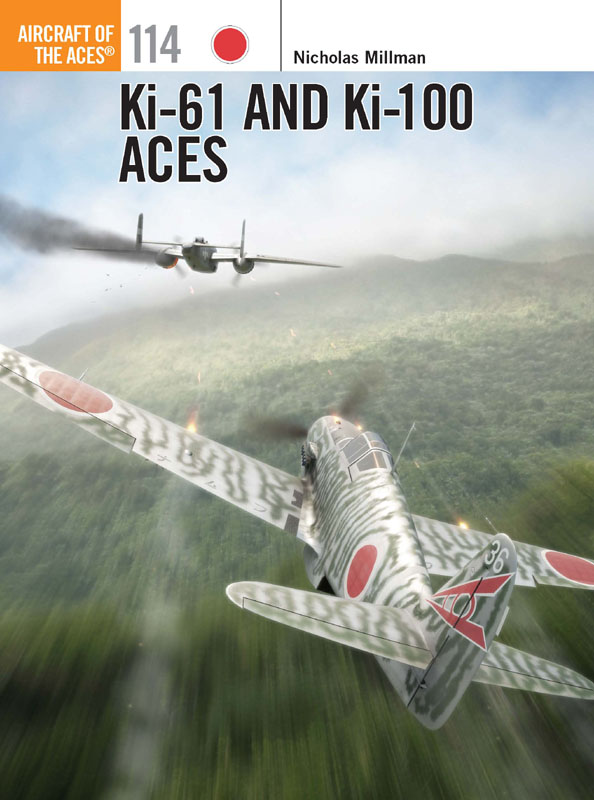
Publisher: Osprey Publishing
Author: Nicholas Millman
Publishing date: 2015
ISBN: 978-1-7809-6296-2 (PDF)
Volume 114 in the "Aircraft of the Aces" series
Brief Prelude
This is the story of the elite Japanese Army Air force (JAAF) aces that flew the Kawasaki Ki-61 Hien (Swallow), and the Ki-100 Goshikisen in the Pacific Theater of World War 2. The former, code named 'Tony' by the allies, was a technically excellent aircraft, possessing power, stability and a good rate of climb - differing radically from the usual Japanese philosophy of building light, ultra-maneuverable fighters. Its pilots soon realized, however, that the type was plagued by a number of dangerous mechanical issues. Then as the war moved relentlessly closer to Japan's doorstep, a desperate, expedient innovation to the Ki-61 air frame by fitting it with a radial instead of inline engine resulted in one of the finest fighters of World War 2 - the Ki-100. This book uses the latest findings to provide a gripping account of some of the most remarkable and hard-pressed fighter pilots of the war. It reveals how these men, unlike so many of their unfortunate late-war colleagues, could surprise Allied aircraft in high-performance fighters and claim successes in the face of enormous odds.
The Book Itself
This is the 114th volume in the "Aircraft of the Aces" series from Osprey Publishing, the first volume, Mustang Aces of the Eighth Air Force, being originally published in 1994. This is but one of many books in this series dedicated to the WWII time frame. As is probably familiar to most by now, the titles are self descriptive, taking one particular aircraft (or in this case, group of aircraft) types and exploring some of the Aces that flew them, ranging from WWI to the present, and as such, offers up a great reference kick off point for collecting markings and painting schemes for particular pilots, with corresponding historical and anecdotal data on same.
Note: At some point (I'm not really sure when), Osprey began offering the majority of their newer volumes as e-books, in this particular case, a pdf. I have no idea what the reasoning was behind this decision, but it's certainly a less expensive option for the consumer (almost always a good thing), and does offer some possibilities not found with an actual paper book.
Any book is welcome in my library, as long as it lives up to a certain minimum standard, and this series certainly does that, covering (for a modest price), marking and painting options that are very useful in my own modeling pursuits, specifically my long term goal of having the ceiling covered with 1:48 fighters, usually in the markings of aces, where doable. Once again, covered here is the rather splendid Kawasaki Ki-61 Hien (Tony), and Ki-100.
Typical Photo Quality/Presentation to be Found Throughout
As can be seen above, there are an interesting selection of photos included in this volume, though the book is not heavily laced with photos, but then this is to be expected from a slim volume such as this (96 pages, total). Many of the photos that are present, have been seen before in other publications, but are most all of a very nice quality, the same not being able to be stated about certain other publications.
Typical Profiles
All in all, there are 36 color profiles, spread out over 9 sheets, covering mostly Ki-61 schemes, but a few Ki-100 schemes as well.
Summation
To me, the high point of these volumes, in general, are the excellent color profiles (I won't delve into "accuracy" issues here, as that's not really within the scope nor intent of this overview).
For me to loudly proclaim that these books are a desirable addition to the aviation library, is nothing more than an honest appraisal of what I feel is the good value these books bring to the table, and make for an interesting overview of the types of schemes found on these machines.
Even if you have just a passing interest in WWII Japanese aviation in general, you can’t go wrong with the purchase of this book. You may even just become a fan.
On a scale of 1 to 10, I’d rate this book as a 10, no question about it. At roughly 100 pages, a fair amount of data is packed into this somewhat diminutive book.
The entire range of the series can be found directly from the Osprey site (here), arranged in chronological order, working backwards.
Review copy compliments of my decrepit old wallet.
Further Recommended Reading/Reference Material
Model Art: I.J.Army Kawasaki Type 3 & 5 Fighter
Monogram Aviation: Japanese Cockpit Interiors, Part 1
© Kevin Williams 2016
This review was published on Monday, July 25 2016; Last modified on Monday, July 25 2016

